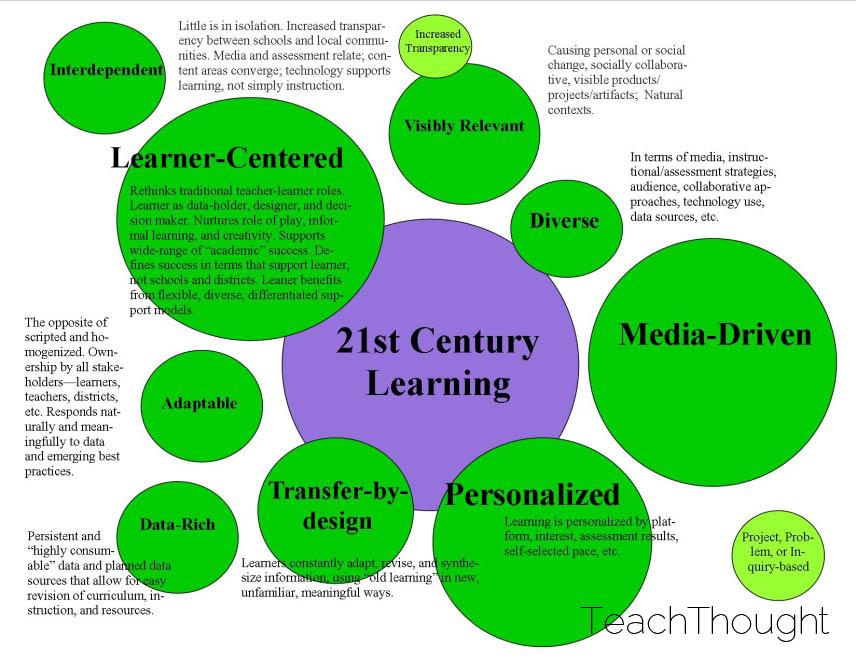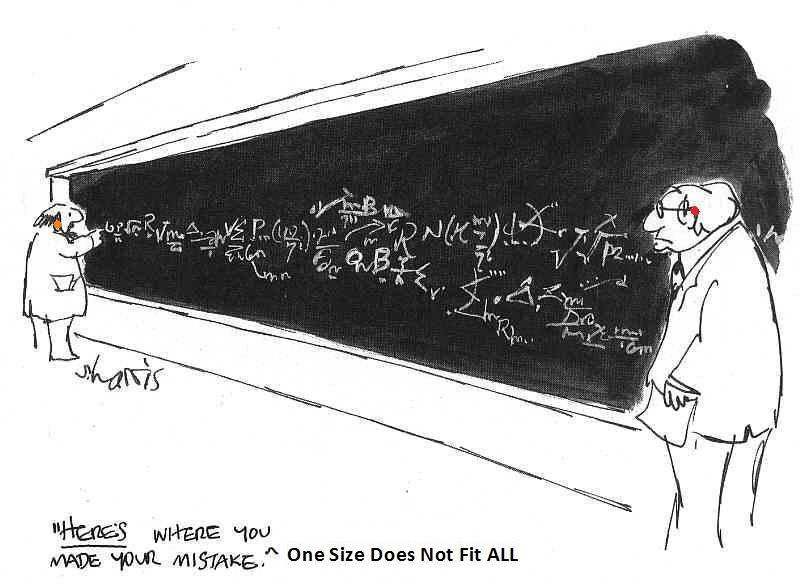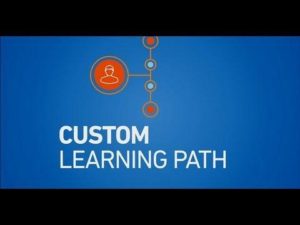Measure Manage
Measure Manage – If You Don’t Measure, You Can’t Manage
Measure Manage – You Can’t Manage What You Don’t Measure
Measure Manage – Sustained Performance Improvement Outcomes Don’t Magically Occur
====================
Measure Manage – Tom’s Comments;
Please also read CBE article below.
Measure Manage – (1) If you want to jog a faster mile, you must bench-mark your existing mile time, then compare that time to new improved times.
To get new and improved times, you must then research ways to jog faster (appropriate knowledge fluency), then correctly, over time implement those best practices improvements into your daily routine. Then you would measure, over time, your new time outcomes against your beginning, bench-marked time outcome, as well as you new time improvement outcomes, to determine your sustained, advanced, individual performance improvement outcomes.
IF this effort was very important to you, you most likely would have an expert coach, facilitator, trainer to ensure your initial knowledge competency; appropriate, correct, ongoing implementation of best practices; and measured, advanced, outcomes against your initial benchmark as well as your daily, weekly, monthly progress.
(2) Hopefully, you wouldn’t instead, choose go to a 100 person, paid, seminar, listen to a one size fits all speech from an expert, then go home with a one size fits all manual, on how to improve your individual performance. You would then, willy-nilly, through trial and error, mostly error, try to individually improve your performance, with a system that hasn’t been specifically tailored to you, to ultimately find out that your sustained performance has NOT been measurably improved.
(1), above is, 21st Century, deep, adaptive learning.
This IS how individuals, effectively, efficiently, consistently, affordably and correctly advance individual, sustained, performance improvement outcomes
(2), above, is, incumbent, 20th century, flawed, one size fits all teaching, which historically teaches to the test and does not train to, or measure, individual skills competency, that results individual, sustained performance improvement outcomes.
This IS NOT how individuals, effectively, efficiently, consistently, affordably and correctly advance individual, sustained, performance improvement outcomes. Granted few participants, through trial, error, grit, determination, luck and possible injury, may end up improving, sustained, performance improvement outcomes. But have those individual improvements been optimized, based on your individualized needs? No-one knows.
First: YOU Can’t manage what YOU don’t measure.
Second: if your individual knowledge is flawed and your are incorrectly applying what you think are best practices, your performance improvement results will not be advanced, optimized, or sustained. You will revert back to your ‘old’ ways, with little if any, individual, sustained, performance improvement outcomes.
Third: we must follow the research on how individuals deep learn.
To achieve individual, sustained, performance improvement outcomes, the current flawed 20th century system of factory based, one size fits all teaching MUST be completely and totally replaced by a new paradigm of research validated, brain based, best practices, which is referred to as 21st century, deep, adaptive learning This is supported and scaled, by educationally innovative software. This must be purchased at the system/district level and implemented at the classroom level.
Components of this new paradigm are: (a) Differentiated, deep, skills competency, applied, adaptive learning, professionally facilitated over time, (b) Flipped learning, (c) Blended learning, (d) CBE – Competency Based Education learning and (e) PBE – Project Based Education Learning
Fourth, to summarize, the research is solid:
YOU can’t manage what you don’t measure
A new 21st century paradigm of deep, individual learning must totally and completely replace a flawed, 20th century, one size fits all, factory based, system of teaching
Individuals rarely, if ever, will achieve, effective, efficient, consistent, affordable, sustained performance improvement outcomes, that is: 21st century skills, under a one size fits all, 20th century, factory based, system of teaching
Tom
Supporting Materials:
What it Takes To Provide Individual, Sustained, Performance Improvement
Traditional Teaching and Why it, Most Times, Won’t Result in Individual Advanced Performance Improvement Outcomes:
Strategically, Habitually and Perpetually, Missing the Real Problem
“Disrupting Traditional PD.” Practice What You Preach!
Percent of Ed Tech Leaders Surveyed Whose Districts Have Invested in Personalized Learning: 97%
Teachers Working Harder, Not Smarter
The Teacher Curse No One Wants to Talk About
What is Educationally Innovative
Student Performance Improvement
Culture Change: How 200+ K-12 Schools Have Scaled Systems and Processes
How to Scale Personalized Learning
Educationally Innovative Software
====================
Measure Manage – A Successful Competency-Based Education (CBE) Program Begins with Measuring Learning Outcomes
Increasingly, competency-based education (CBE) is becoming an essential component to competency-based hiring (CBH). Because CBE models are based on clearly defined learning outcomes, their transparency gets employers attention for three reasons:
- Successful competency-based educational models inherently foster the development of higher order critical thinking, problem solving, organization, innovation, and communication skills.
- CBE students can demonstrate what they have learned through multi-faceted projects, portfolios, and assessments. Because of this, they can prove they have the ability to contribute and be successful through innovation and competitive advantage.
- A CBE background gives potential hires more confidence in what they can offer. This makes them a valuable commodity to an employer because less training will be needed, which allows their business to reap the benefits of the employee’s expertise.
Help your students market themselves to employers, reflect on their skills, and connect with alumni.
How CBE Has Evolved
In 2015, an estimated 600 colleges were designing a CBE program, were in the process of creating one, or already offered one. Just the year prior, only 52 institutions fell in that spectrum. Consider for a moment that almost eight million Americans are unemployed, while an estimated six million jobs go unfilled. Why? Because while 53 percent of college graduates believe they’re ready to apply the skills and knowledge they’ve worked hard to acquire, only 23 percent of employers agree. For CBE and CBH to work in a cohesive fashion, then educational institutions need to write measurable learning outcomes to ensure their CBE programs will meet CBH needs. And it all begins with assessment.
Why Measuring Learning Outcomes Matter
Assessment is a systematic and on-going process of collecting, interpreting, and acting on information relating to the goals and outcomes developed to support the institution’s mission and purpose. It asks: What we are trying to do? How well are we doing it? And How can we improve what we are doing? Learning outcomes encompass what students are expected to demonstrate in terms of knowledge, skills, and values upon completion of a course(s) or program(s). Clear articulation of learning outcomes serves as the foundation to evaluating the effectiveness of the teaching and learning process.
Three essential components of a measurable learning outcome are:
- Student learning behaviors
- Appropriate assessment methods
- Specific student performance criteria / criteria for success
Focus on student behavior and be very clear about what you are trying to assess. Do you want to assess what students are learning or what staff is learning as a result of the curriculum or training your program is offering (learning outcomes)? Is the outcome measurable? If it is not, you need to redefine your outcome. Be patient and don’t get frustrated with the process. Ask others to evaluate your outcomes so you can improve them. Be patient. Writing good outcomes takes practice, and it takes time. And don’t forget to celebrate your accomplishments.
CBE isn’t one size fits all, and neither should be your learning outcomes that you create for your program.
Share with how which learning outcomes you’ve used when developing your CBE program.
Measure Manage- Access the Article, Here
======================================================
Tom McDonald, tsm@centurytel.net; 608-788-5144; Skype: tsmw5752 






